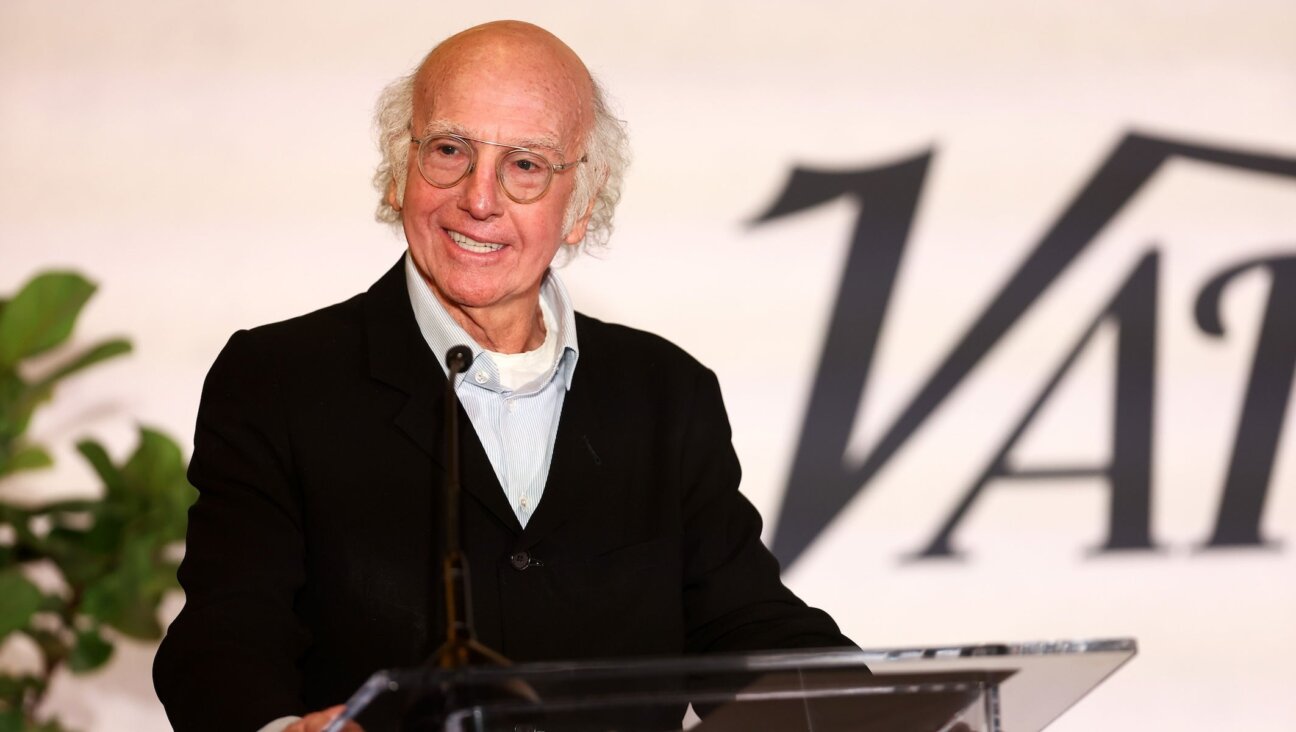Jewish Family Claims Ownership of Chagall from Munich Nazi-Looted Art Trove
A painting by Marc Chagall discovered in a sensational art trove found in Munich is believed to have been looted by the Nazis from a Latvian Jewish family.
According to Germany’s most-read newspaper, Bild, evidence was uncovered that a painting by Marc Chagall from the collection hidden for decades by the reclusive Cornelius Gurlitt, 80, may have been looted from a Latvian Jewish family during the Nazi invasion of the former Soviet Union in 1941.
Experts told Bild that the painting is worth nearly $1.5 million today.
More than 1,400 works were confiscated from Gurlitt nearly two years ago in the course of an investigation for tax evasion. The works had been procured by his father, Hildebrand Gurlitt, a collector and dealer commissioned by the Nazis to buy art for its museums, as well as art that it considered “degenerate,” that could be sold, with profits going to the Nazi government.
The state prosecutor in Augsburg agreed last month to provide a list of at least 590 works of questionable provenance, along with photos, for publication on the website of Germany’s provenance-research authority. By December 11, 354 objects had been published on the site.
The Augsburg authorities have not commented on the latest revelations but did note that they had received more than 100 inquiries about art work in Gurlitt’s possession from possible claimants. Queries have also come in to private organizations that do provenance research.
The painting in question, “Allegorical Scene,” was claimed in the 1950s by Savely Blumstein, who fled Nazi-occupied Latvia to the United States, Bild reported. Blumstein also claimed furnishings and other belongings and received a payment of around $49,000 from Germany in 1981. He died in 2009, but the newspaper located two sons – Neil, 57, and Philip, 53 – who said they were pleased to hear the painting had been found.
Advocates for survivors and heirs have been pressing for greater transparency regarding the Gurlitt collection; meanwhile, authorities are faced with the dilemma that many of the works may legally belong to Gurlitt, making it more problematic to put the entire collection online. Germany has established a six-person task force to investigate the provenance of all works in question.
At least 300 paintings are to be returned to Gurlitt, particularly works by a relative.






















